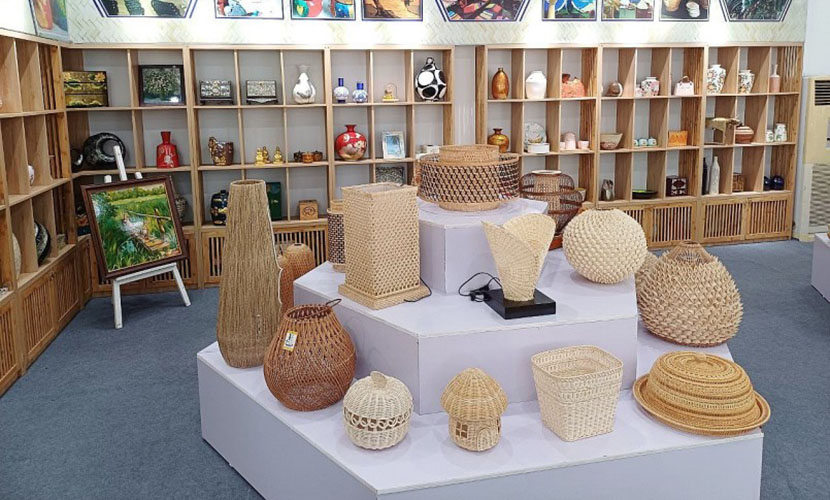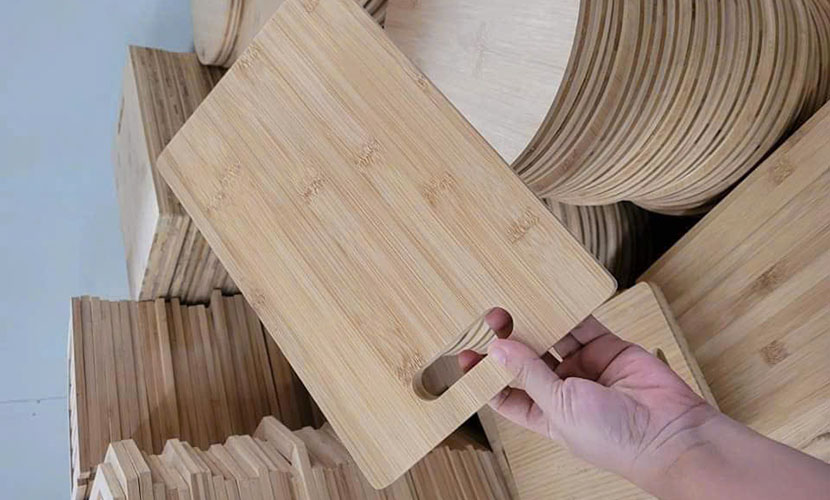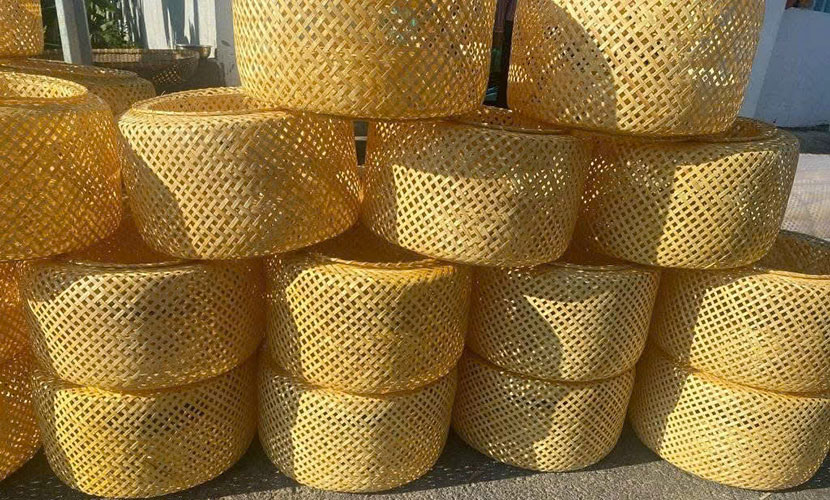
Vietnam’s bamboo and rattan handicrafts are seeing a golden opportunity thanks to the growing global demand for environmentally friendly products. In the first eight years of 2025, the export turnover reached $574 million. It showed a 5.4% increase compared to the same period last year. Therefore, businesses and craft villages have the chance to elevate their brands, expand markets, and increase economic value.
The United States remains the largest market, accounting for $266 million, or nearly 46.3% of total exports. Japan, the UK, Spain, and India round out the top five key markets. Respectively, their turnovers are $37.7 million, $28.5 million, $27.6 million, and $21.57 million.

Vietnam’s bamboo and rattan handicrafts
Vietnam’s bamboo and rattan handicrafts have the highest export value among non-timber forest products. Alongside China, Vietnam is currently one of the five largest exporters of bamboo and rattan products in the world. These products are increasingly popular in the home decor and interior design markets. Especially, global consumers become more interested in sustainable, eco-friendly lifestyles.
Experts predict that Vietnam could potentially capture 10–15% of the global bamboo and rattan market. The average annual growth rate can reach nearly 30%. The global bamboo market is estimated to reach $83 billion by 2028. As a result, it opens up billion-dollar export opportunities for Vietnam’s bamboo and rattan enterprises.
Over the past five years, the number of orders from the demanding markets has steadily increased. The reason was Vietnamese handicrafts have high aesthetic appeal, reliable quality, and competitive prices other than competitors’ products.

Vietnamese bamboo cutting board
Particularly in Europe, consumers focus on unique, eco-friendly products with strong cultural identity. Millennials (Gen Y) account for 45% of the market, while over 70% of urban consumers prioritize handcrafted products. This trend presents a major opportunity for exporters to align with sustainable consumption patterns. Therefore, it helps connect Vietnamese culture with the global market.
To take full advantage of export opportunities, handicraft enterprises need to proactively adopt international standards and circular material certifications. The use of recycled wood, certified plantation wood, and clean production technologies helps reduce legal risks. Also, it helps create a competitive edge in demanding markets, such as the United States and European countries.
Creative design and products that align with global consumer trends are key factors. Eco-friendly, personalized decor items and compact furniture for small living spaces are increasingly favored in Europe, presenting a valuable opportunity to boost export value.

Vietnamese lampshade
Experts believe that if producers can meet eco-design (ESPR) regulations and sustainable supply chain certifications, Vietnam’s bamboo and rattan industry could reach $6 billion by 2030. This would be a breakthrough, transforming bamboo and rattan into a key export sector. Additionially, it not only drives economic value but also spreads Vietnamese cultural identity worldwide.
Vietnamese enterprises now have the opportunity to expand their market share through unique, high-quality products, environmentally friendly production processes, and the ability to meet international consumers’ needs for personalization. Combining traditional craft village techniques with innovation in design and technology will help solidify Vietnam’s competitive position on the global export map.
Vietnamese source: https://thuonghieusanpham.vn/xu-huong-song-xanh-mo-ra-co-hoi-cho-may-tre-dan-viet-83179.html
